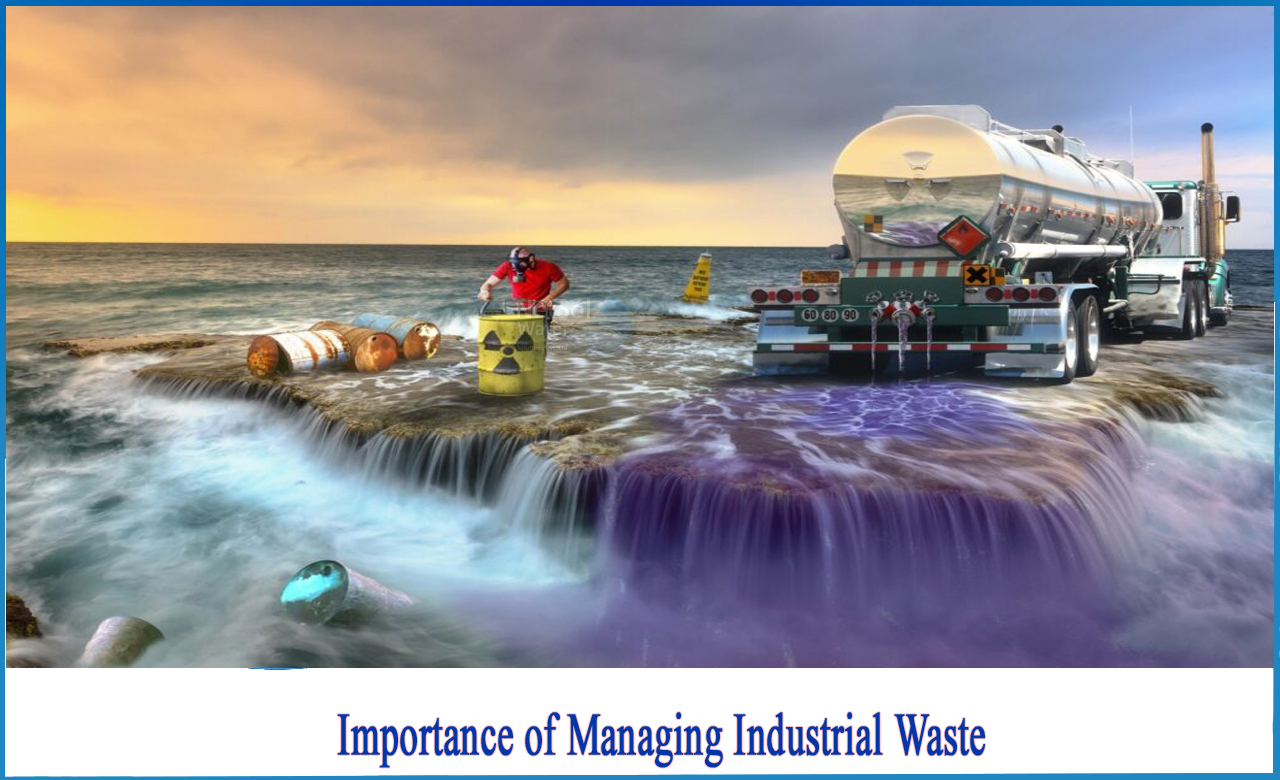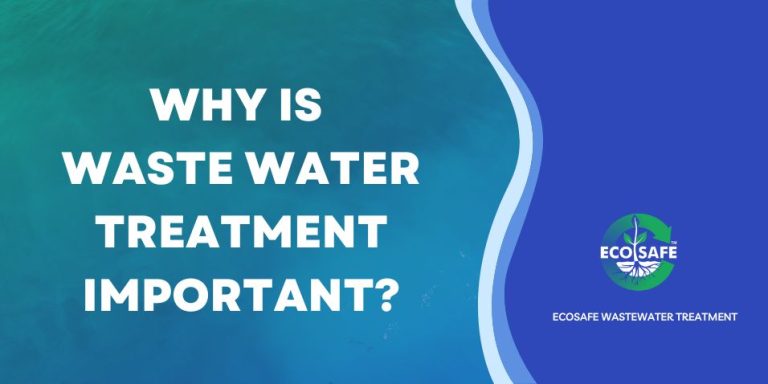Some Known Incorrect Statements About Reclaim Waste
Some Known Incorrect Statements About Reclaim Waste
Blog Article
Reclaim Waste Things To Know Before You Get This
Table of ContentsReclaim Waste for BeginnersA Biased View of Reclaim WasteThe Best Strategy To Use For Reclaim WasteReclaim Waste Things To Know Before You Get ThisThings about Reclaim WasteThe smart Trick of Reclaim Waste That Nobody is Discussing

Never ever place dangerous materials down sinks, commodes or stormwater drains pipes Materials including gasoline, oil, oil, chemicals and herbicides, and solvents such as paint pole dancers need to not be put down sinks, bathrooms or stormwater drains pipes. These substances are challenging to get rid of in the sewer treatment process and trigger contamination problems in our local rivers.

Fluid waste is a term that covers a wide range of materials, there's a great factor why leaving its disposal to the experts is suggested. Liquid waste is non-solid product that has no more usage and needs to be treated and taken care of according to local, state and federal regulations.
Reclaim Waste for Dummies
Although examples of liquid waste can include wastewater, fats, oils or grease, used oil, liquids, solids, gases or sludges and dangerous home liquids, there are some that are thought about to be extra dangerous than others when it involves the atmosphere and the health and wellness of animals and people alike. It's for this factor that each state and region have actually rigorous laws connected to liquid waste administration.
Fluid waste can be stored in holding containers or packaged in drums, intermediate mass containers or authorized little containers before either being treated or removed by means of outsourced vacuum vehicles. Offered the nature of the materials, fluid waste can not go in the basic waste stream and there are stringent guidelines on how to throw away it properly.
(https://yoomark.com/content/httpsreclaimwastecomauservices)Depending upon a resolution of the level of risk, it may be essential to remediate those websites. Additionally, harmful liquid chemical wastes are managed waste and needs to be tracked in accordance with the state waste legislation. Under the chain of custodianship and duties, proprietors are accountable and liable for waste created by a company.
One of the core applications for superabsorbent polymers (SAPs) is fluid waste solidification. liquid waste removal. SAPs are made use of by waste monitoring professionals to avoid potentially harmful liquids from going into rivers, groundwater aquifers, and various other sensitive atmospheres. Since liquids can swiftly transport pollutants right into ecological receptors and potentially add to geotechnical failings, liquid wastes are often prohibited from disposal in garbage dumps
The 10-Minute Rule for Reclaim Waste
Basically, complimentary liquids are fluids that divide from the solid portion of waste material. Liquid waste can include the following: HDD mud and cuttings Garbage dump leachate Wastewater therapy sludge & biosolids Dug up sediments Oil and gas drill cuttings Settling fish pond muck Hydro Excavation slurry Coal combustion residuals/ash Tank bottom sludge Concrete grinding/polishing slurry Associated Write-up: For a practical example of complimentary fluids dividing from waste product, consider the adhering to situation: A waste management specialist loads a dump truck with sludge from a wastewater therapy plant's aeration container, during a routine upkeep occasion.
When the vehicle driver arrives at the garbage dump, he notifications water leaching from the sludge and pouring from the dump vehicle. The lots was turned down by the landfill and the driver was compelled to get rid of the waste as a fluid waste at an unique facility, which increased the disposal charges tremendously.
We likewise require to be liable for the proper disposal of our waste materials. It is not sufficient that we pay waste disposal firms to take treatment of our rubbish.
Some Known Factual Statements About Reclaim Waste

Segregating your waste can start inside the home. Segregate completely dry and liquid waste as well as edible waste, biodegradable and non-biodegradable products.
Layer the base with dirt to take in the damp waste. Layer the garden compost with damp and completely dry waste as well as soil to preserve a balance in between the wet and the completely dry.
The Main Principles Of Reclaim Waste
To assist in faster decay, you can also add semi composted dirt to the compost. If you discover the odor is becoming as well solid, add extra newspapers and paper waste or add even more holes to the garden compost bin to maintain the equilibrium of the waste materials.
The world is sinking in rubbish and we can not manage to be careless anymore. We have to take activity and reuse whatever we can any place we can. We additionally require to be responsible for the proper disposal of our waste materials. It is insufficient that we pay waste disposal companies to look after our rubbish.
Our waste, our responsibility. Have you ever before wondered what takes place to your liquid waste after it's accumulated? Did you understand that liquid waste can be reused? As accountable residents, you need to understand what happens to your rubbish and where it goes after it is removed from you. Comprehending the liquid waste removal process is important in helping you to segregate your waste.
7 Easy Facts About Reclaim Waste Described
Segregating your waste can begin inside the home. Set apart dry and fluid waste as well as edible waste, biodegradable and non-biodegradable materials.
You can utilize old trash container, container, yard pot or old plastic drums. Drill 4 to five holes in the container so the air can distribute. Layer all-time low with soil to industrial wastewater treatment take in the damp waste. Start the composting procedure. Layer the garden compost with wet and dry waste as well as dirt to keep an equilibrium between the wet and the completely dry.
Cover the garden compost bin. As soon as a week, add dirt in addition to the compost. To help with faster decomposition, you can additionally add semi composted dirt to the garden compost. Preserve the compost. If you discover the odor is coming to be as well strong, include additional newspapers and paper waste or include even more holes to the compost container to maintain the equilibrium of the waste products.
Report this page